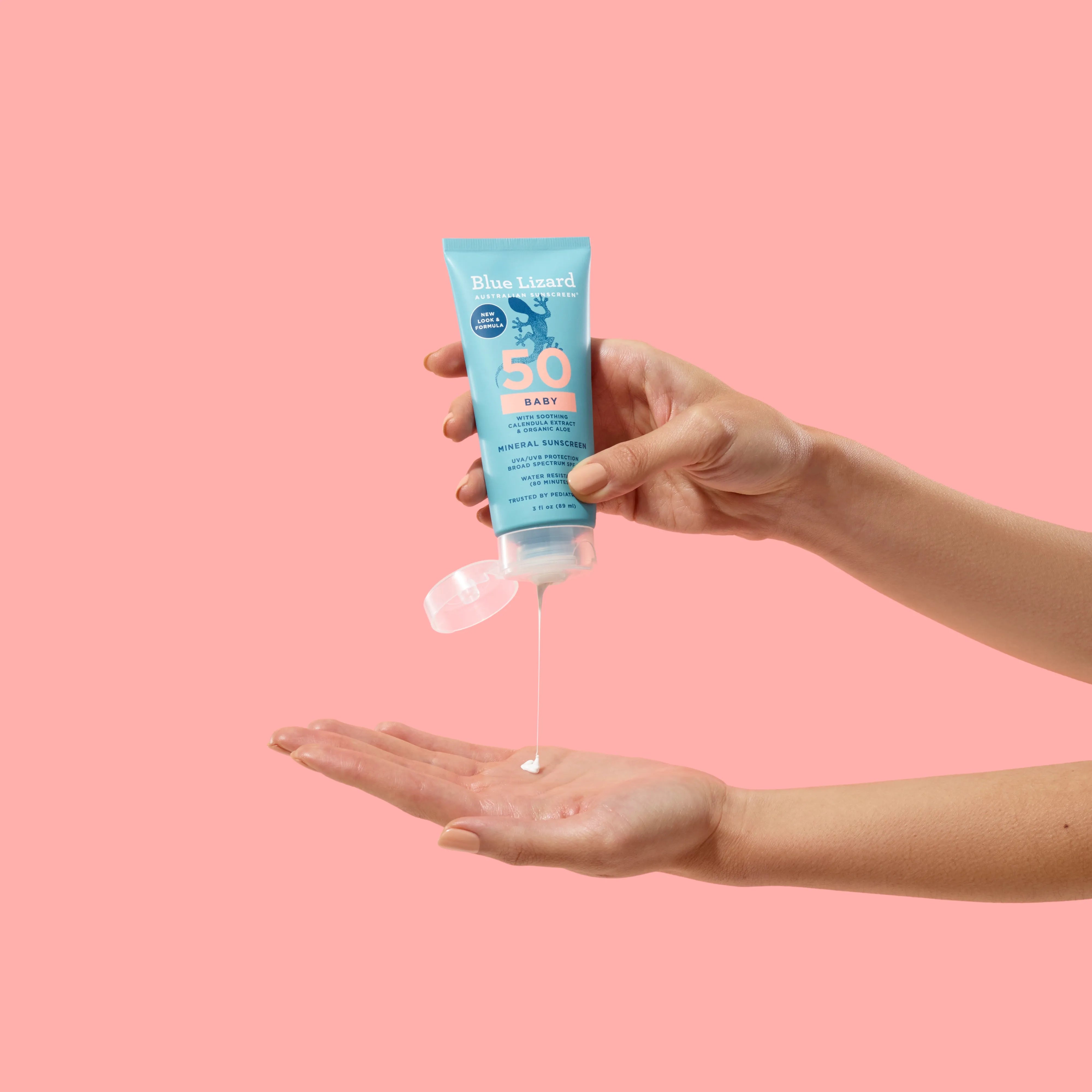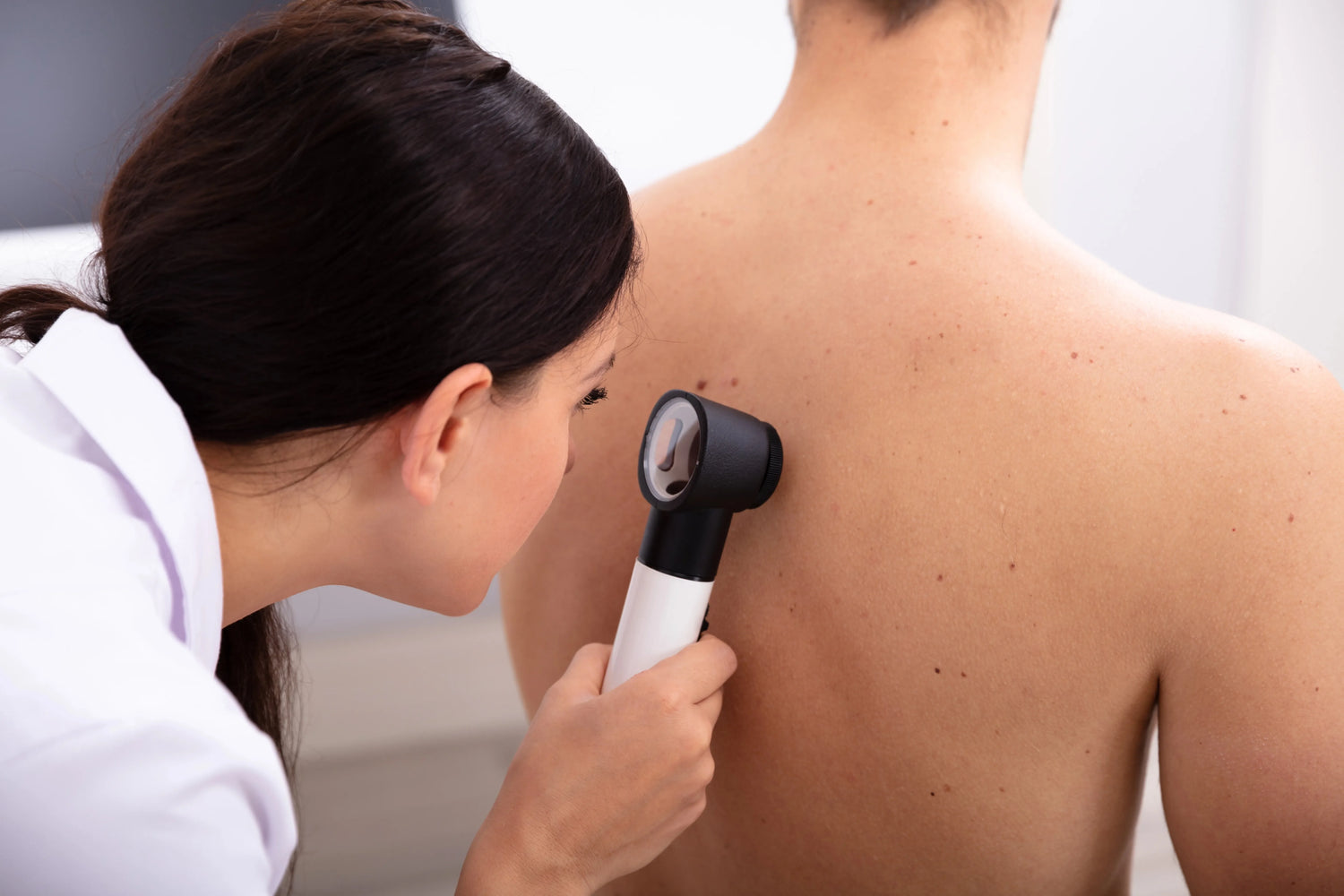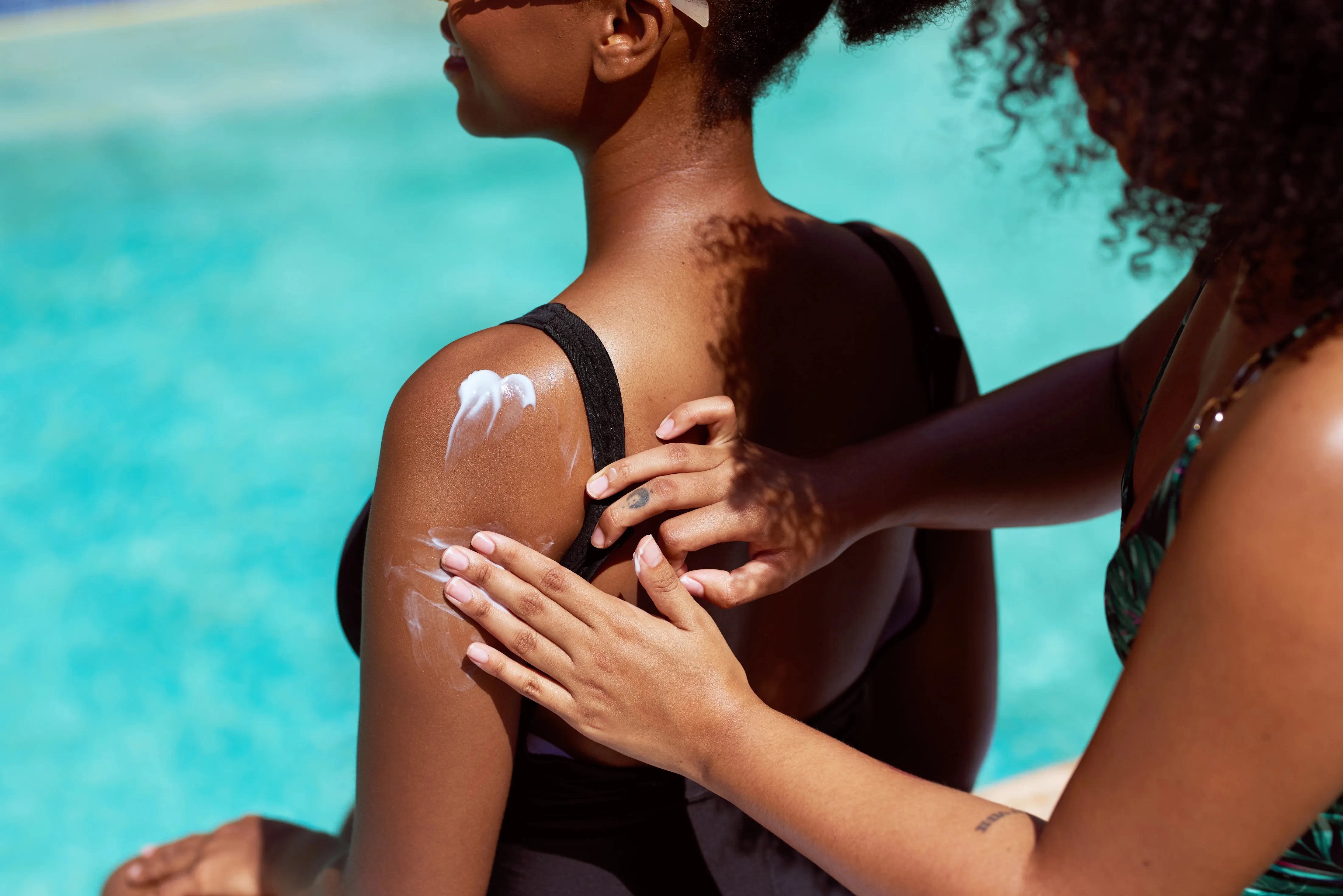We love the sun—don’t get us wrong. Being out in the sun is one of our favorite past times whether we’re cheering from the stands, on the plate, at the playground or laying on the beach. But if there’s one thing we’re passionate about more than being in the sun, it’s protecting ourselves from the harm it can cause.
May is Skin Cancer Awareness Month. While sunscreen is important year-round, this month is specifically devoted to spread awareness of a preventable disease that is growing at an alarming rate.
Statistically speaking, metastatic skin cancer (a.k.a melanoma) cases in the US are rising steadily, even more so over the last 50 years. Compared to the 1970s, today around 3 times the number of people are diagnosed with it, and that number is still climbing.
- 3x more Melanoma Cases Compared to the 1970s -
According to data provided by the National Cancer Institute, there were 7.9 cases per 100,000 people back in 1975, with just over 22.5 people per 100,000 getting the diagnosis in 2017
- Melanoma is the most dangerous type of skin cancer -
A staggering one in five people in America will be affected by skin cancer at some point in their lives. While the survival rate of around 98.4% offers some form of comfort, the remaining 1.6% is still too many, especially when melanoma prevention can be so effective.
So, What Exactly IS Melanoma?
Melanoma is a form of skin cancer that occurs when the cells that provide a tan or brown coloring to the skin - melanocytes - begin to grow chaotically.
Also referred to in the medical profession as cutaneous melanoma or even malignant melanoma, areas affected are typically dark in color, but not always. Some types can also make the skin appear pink or even white.
What Causes Melanoma?
The primary cause of malignant skin cancer is the sun, with UVA and UVB rays causing untold damage to the skin when effective protection isn’t worn. It can happen at any time of year, in any type of weather, as UVA rays aren’t stopped by clouds.
Melanoma tends to be much more dangerous in terms of lethality than other forms of skin cancer, as it can spread to other parts of the body.
Mineral Sunscreen Provides Great Protection
There’s so much you can do to protect yourself and your family from the dangers of melanoma. Mineral sunscreen, along with other sun protection measures, is considered to be the most effective type of skin cancer prevention. It’s able to help reflect away UV rays before they’ve had a chance to touch the skin.
Unlike chemical varieties that need to be absorbed into the skin to provide protection, mineral brands work by forming an invisible layer on the skin’s surface.
Types of mineral sunscreen include:
° Sunscreen lotions
° Sunscreen sprays
° Sunscreen sticks
It’s vital to ensure that every area of skin that’s exposed to sunlight is protected, including the extremities like the tops of the ears, lips, and toes if you’re wearing sandals. For the same great protection throughout the day, you’ll need to reapply every 2 hours or more frequently when sweating or swimming.
Here are some other ways to help protect yourself:
° Avoid staying out the sun during the hottest hours of the day i.e. 10 am-2 pm
° Wear loose-fitting, light-colored clothing
° Wear a wide-brimmed hat
° Wear sunglasses
When combining quality mineral sunscreen with clothing and staying out of the sun at its hottest, you will greatly reduce the chances of sun damage, let alone melanoma.
Surviving Melanoma
The survival rate for people with melanoma is reassuringly high, especially when it’s caught early. That’s why it’s important to know the signs of melanoma and to learn how to properly prevent it.
The first thing to do is to wear sunscreen daily as a preventative measure, like Blue Lizard Sensitive Sunscreen. Its gentle SPF 50+ zinc oxide based formula offers broad-spectrum protection with no fragrances or parabens to irritate the skin.
- Practicing Good Sun Safety Is Key for Everyone -
Staying in remission from melanoma is essentially the same as melanoma prevention, as it involves practicing sun safety and good skincare.
Skin cancer screening is also something that’s recommended on an annual basis – or more often if you’re at high risk. This helps to spot the signs of melanoma early enough to do something about it.
Regular Self-Examination Is Recommended
In addition to the support these products and tips provide, regular self-examination is an effective way to spot the early signs before they become a bigger problem.
-Skin Care Awareness Month Runs Through May Each Year-
In coordination with Skin Cancer Awareness Month, we’ve gathered some tips and tricks from Dr. Doris Day – a prominent board-certified dermatologist - to help you spot the signs.
As detailed in another of our blogs - The ABCs of Skin Cancer - there are several you should be watching out for:
° Asymmetry
° Border irregularity
° Color variation
° Large diameter
° Any spot that is evolving
Dr. Day’s Self-Exam Tips:
Make sure you examine your body in a full-length mirror, in a well-lit room.
Ensure you examine all angles - including under your arms, forearms, palms, between your toes, soles of your feet, neck, scalp, and back.
If unsure about a spot on your skin, especially something that has just appeared or changed, it is important to have it checked by a doctor.
Getting a Good Quality Mineral Sunscreen Is a Great Start
We sincerely hope that this article has provided some clarity on the dangers of melanoma, and made it easier for you to spot the early warning signs.
Sun protection is something that’s needed every day, no matter the weather and at Blue Lizard, we offer a range of sunscreen options that suit a variety of scenarios.
So, make sure you know the signs, get screened, and grab a bottle of mineral Blue Lizard Australian Sunscreen today.
With more people practicing good sun protection, we might have a chance of slowing down or even stopping the rise in cases of skin cancer.








